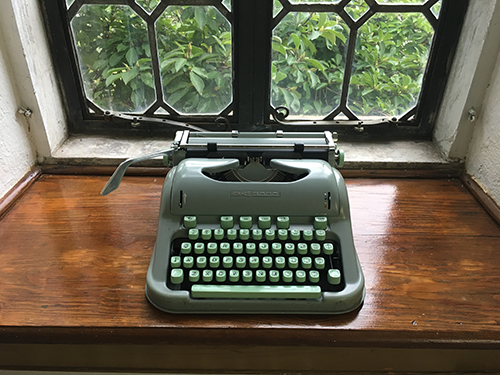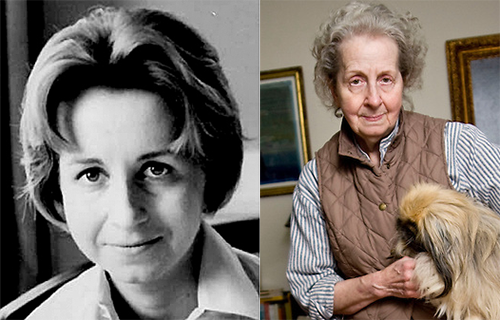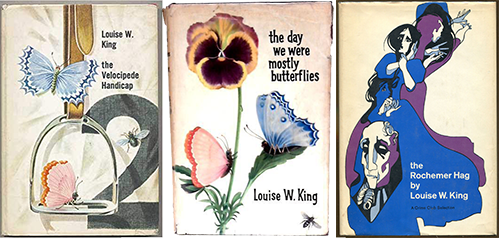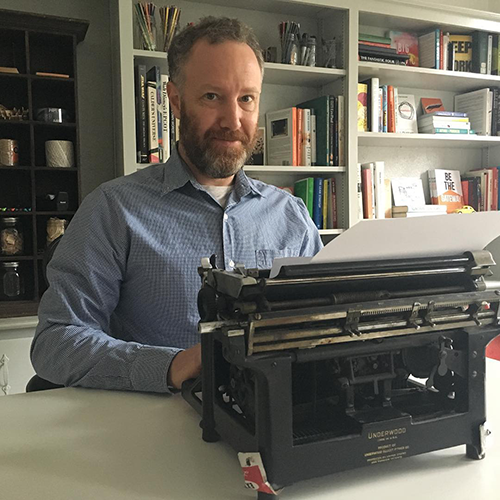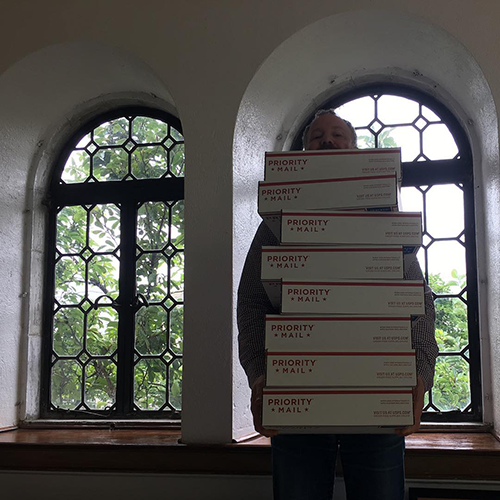What is the best way to support a writer whose books you love? Take two simple, free, and generous actions:
Action #1: Post a Review
The first is to leave a review for their book at online retailers. Especially Amazon. This is a step that many people miss. They buy a book or take it out of the library. They read it. They love it. Then, they go silent.
Posting a public review of an author’s book does so many wonderful things:
- Reviewing a book makes an author’s day. Think about the difference this makes: an author wakes up on a random Tuesday. Maybe it’s raining, maybe they are supposed to go to the gym, but don’t want to. They are stressed about something. But then they realize that someone left a note online saying that they LOVED that author’s book, and why. Just consider how that changes their day.
- Reviewing a book becomes social proof at the point of sale. This is a big one. Not only does that review make an author’s day, it means that when a reader looks at that book online and considers buying it, they can hear what others loved about it and why. That is social proof, meaning that it gives a potential reader the perspective of other readers, not just a book description. Social proof is a powerful driver of sales. This is not just some function of “online retailing” either. When you go into an independent bookstore, they will likely have “shelf talkers” under books that the staff recommends. These are often just little cards that are explaining why a certain employee loves that book. It will often have that employee’s name, and maybe even their photo. Consider if you are an author and you walk into a bookstore and find a shelf talker under your book. Wouldn’t that make your day? Well, you have the power to do that online for author’s you love.
- Reviewing a book nourishes your own recognition of how books effects you. When I leave a review, I need to consider the short “title” of the review, the simple encapsulation of why I like the book. I have to explain why I liked it. In doing so, I find it deepens my appreciation for the book. It also helps me better communicate my appreciation for the book when I talk to other people.
One thing I didn’t mention above is the mythical “Amazon algorithm.” Does leaving a review likely help promote that book in Amazon’s algorithm, thereby maybe displaying it to more customers? Um, probably. But that’s not why I suggest leaving reviews. I suggest it because it is a human way to appreciate and support books, readers, and authors.
I have always considered a work of art to be complete when it reaches another human being. What I love about book reviews is that you see the myriad of ways that the same book can effect people in different ways. Each reader brings their own story to the book at hand.
Action #2: Email the Author
Now, I want you to write an email to an author whose book you enjoyed. You can usually find an email address or contact box on the author’s website. Do a simple Google search for their name to find their website, then go to the “contact” page.
Your email can be short and simple. It should simply express your thanks and appreciation. If you are willing, explain to them why you liked the book, what it stirred in you.
Then, click ‘send’ and move on with your day.
I have suggested again and again that people in my Creative Shift Mastermind do this. When they take this action the results are often extraordinary. They report back, “The author wrote back!!! They said that I made their day!”
Readers often resist emailing an author with notes of appreciation. They justify that the author is simply too busy, or perhaps too successful, to want to receive notes like this.
I find the opposite to be true.
What is your favorite author doing today, a random Friday, where they wouldn’t want to hear that a reader loved one of their books? I mean, isn’t that what you would want as an author? Not to hear about some metric that you don’t understand, but to hear that your creative work truly touched someone’s life?
The other day, a friend told me he got 20 pages in to a book and he liked it so much that he emailed the author to tell them so. His email said something like, “I’m only 20 pages into your book and it is already changing the way I approach my work. I can’t wait to read the other 280 pages. Thank you.”
It’s worth mentioning that the book is from a very well-known and successful non-fiction author. The kind of person who gets paid tens of thousands of dollars for a 1-hour speaking event.
Within 12 hours, that author wrote back. They expressed their appreciation, and then said, “When you finish the book, if you would like to have coffee and discuss it, let me know if you will be in ____ city. I’d be happy to meet up.”
Incredible, right?!
These two simple actions: leaving a review and emailing the author are actions that any of us can take. And they only add depth to our experience as a reader and to the lives of the author.
If you could leave a review for just one book this week, and email one author, who would it be? Write back and let me know.
Thanks!
-Dan

